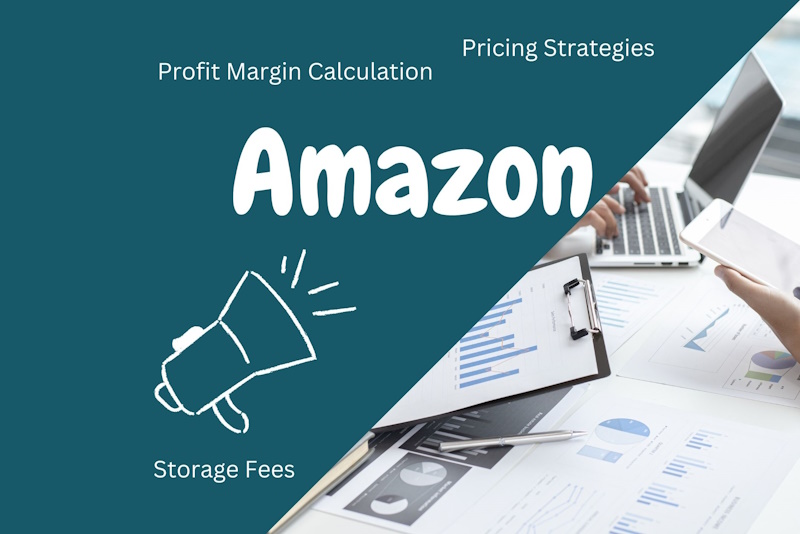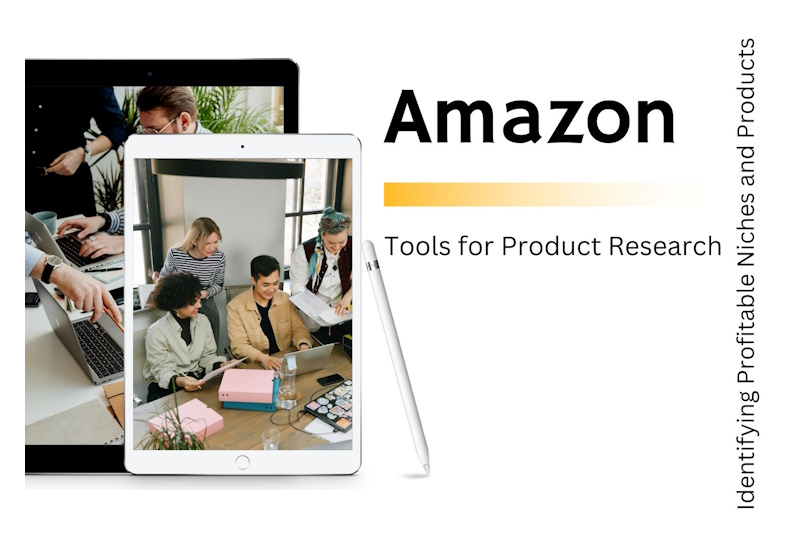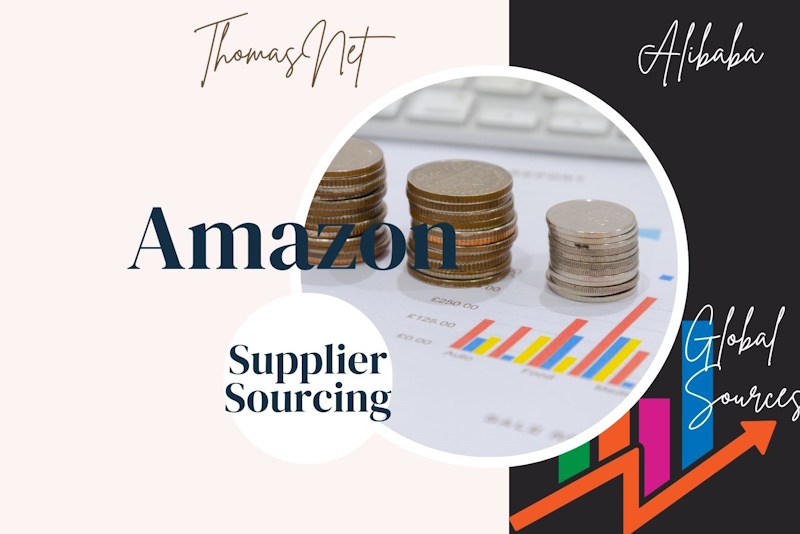Maximizing Profit While Staying Competitive on Amazon
When selling on Amazon, one of the most crucial factors for success is setting the right price for your products. Pricing can influence your visibility, sales, and overall profitability. With Amazon’s competitive marketplace, your pricing strategy needs to strike the right balance between offering competitive rates and maintaining healthy profit margins.
In this blog post, we’ll explore the key pricing strategies that can help you stay ahead of the competition, including understanding Amazon’s pricing algorithms, competitive pricing approaches, how to handle Amazon fees, and using dynamic repricing tools.
Understanding Amazon’s Pricing Algorithms
Amazon’s A9 search algorithm heavily considers pricing when determining product rankings in search results. Keeping your pricing competitive is essential if you want your products to be visible to potential buyers.
1. Buy Box Eligibility
- The Buy Box is the section on a product page where customers can directly click “Add to Cart” or “Buy Now.” Winning the Buy Box can dramatically boost your sales.
- While Amazon considers several factors when awarding the Buy Box, competitive pricing is one of the most important. Other factors include shipping time, customer reviews, and seller ratings.
- If your price (including shipping) is lower than other sellers offering the same product, you have a higher chance of winning the Buy Box.
2. Price Parity and Fair Pricing Policy
- Amazon actively monitors sellers to ensure they aren’t offering lower prices for the same product on other platforms. This is known as price parity.
- The Fair Pricing Policy prevents sellers from pricing their products excessively high compared to similar items, which could lead to your listing being suppressed or removed.
Competitive Pricing Strategies
To succeed in Amazon’s competitive marketplace, sellers need to employ smart pricing strategies to attract customers and maintain profitability.
1. Cost-Plus Pricing
- This strategy involves calculating all your costs (product cost, shipping, Amazon fees, etc.) and adding a markup to determine your selling price.
- How to Calculate:
- Start with your product cost.
- Add all Amazon fees (such as FBA fees, referral fees).
- Factor in shipping costs (if you’re handling shipping yourself).
- Add a markup that covers your desired profit margin.
Example:
If your product costs $10, Amazon fees total $3, and you want a 20% profit margin, your selling price would be:
(10+3)×1.2=15.6,
so you would price your product at $15.60.
2. Value-Based Pricing
- With this approach, you price your product based on the perceived value it offers to customers, rather than purely on cost. High-quality products or those with unique features can command a higher price.
- When to Use: Value-based pricing works well for premium or niche products where quality and differentiation matter more than being the cheapest option.
3. Penetration Pricing
- This strategy involves setting a low price to attract customers and build market share, especially for new products or brands.
- When to Use: This works well for introducing new products to the market, as a lower price encourages buyers to try your product. Once you’ve built up positive reviews and increased demand, you can slowly raise prices.
4. Premium Pricing
- If your product is positioned as a luxury or high-end option, you can use premium pricing to signal superior quality. Customers often associate higher prices with better value or exclusivity.
- When to Use: This is effective for niche markets where customers are willing to pay more for perceived exclusivity, brand prestige, or superior features.
5. Competitor-Based Pricing
- Amazon sellers often keep a close eye on competitors’ prices. This strategy involves adjusting your price based on what your competitors are charging.
- When to Use: Competitive pricing works well in crowded categories where price sensitivity is high, and even small differences can impact your sales.
How to Handle Amazon Fees and Calculate Profit Margins
Amazon fees can eat into your profits if not managed correctly, so it’s important to understand the different types of fees and how to calculate your true profit margins.
1. Referral Fees
- Amazon charges a referral fee for each sale, typically between 6% and 15% depending on the product category.
- How to Calculate:
- Multiply your product price by the referral fee percentage.
- Example: If your product sells for $50 and the referral fee is 15%, you’ll pay $7.50.
2. Fulfillment by Amazon (FBA) Fees
- If you use Amazon’s fulfillment services, you’ll also pay FBA fees, which cover storage, packing, and shipping.
- Fees are based on your product’s size, weight, and category. Larger or heavier items cost more to store and ship.
- How to Calculate: Use Amazon’s FBA Revenue Calculator to estimate your FBA fees for each product.
3. Storage Fees
- FBA sellers also pay monthly storage fees for keeping inventory in Amazon’s warehouses. There are additional long-term storage fees for items stored longer than 365 days.
- How to Minimize: Keep your inventory levels optimized and avoid overstocking to reduce long-term storage fees.
4. Profit Margin Calculation
- To calculate your true profit margins, consider all costs, including Amazon fees, shipping, and product costs.
- Profit Margin Formula:

Example:
If you sell a product for $30, your total cost (COGS + Amazon fees) is $20, then your profit margin is:
Dynamic Pricing and Repricing Tools
To stay competitive, many Amazon sellers use dynamic pricing strategies and automated repricing tools to adjust their prices in real time based on market conditions, competition, and demand.
1. What is Dynamic Pricing?
- Dynamic pricing involves adjusting your product price automatically based on predefined rules, such as keeping your price lower than a specific competitor or ensuring your price stays within a target range.
2. Benefits of Dynamic Pricing
- Stay Competitive: Automating your pricing ensures you can respond quickly to market changes and competitor price shifts.
- Maximize Profits: Dynamic pricing tools can help you avoid underpricing and optimize for the best possible profit while maintaining competitiveness.
3. Popular Repricing Tools
- RepricerExpress: A popular tool that automatically adjusts prices based on competitor data, Buy Box conditions, and demand.
- Appeagle: Offers competitive repricing features and advanced rules for managing margins and Buy Box win rates.
- Feedvisor: Uses AI-powered algorithms to set prices dynamically based on market conditions, competitor prices, and inventory levels.
4. How to Use Repricing Tools Effectively
- Set clear rules: Define minimum and maximum prices to ensure you don’t undercut yourself or sell at a loss.
- Monitor performance: Regularly review your repricing strategy to ensure it’s delivering the desired results.
- Test different strategies: Experiment with different rules, such as targeting the lowest price or focusing on maximizing profit margins.
Mastering pricing strategies on Amazon is key to staying competitive and profitable in the marketplace. By understanding Amazon’s pricing algorithms, employing competitive pricing techniques, accounting for fees, and utilizing dynamic repricing tools, you can ensure your products are well-positioned for success.
The right pricing strategy will help you win the Buy Box, maintain healthy profit margins, and scale your business effectively. Whether you’re just starting out or refining your existing strategies, applying these principles will help you navigate Amazon’s competitive landscape and optimize for long-term growth.




